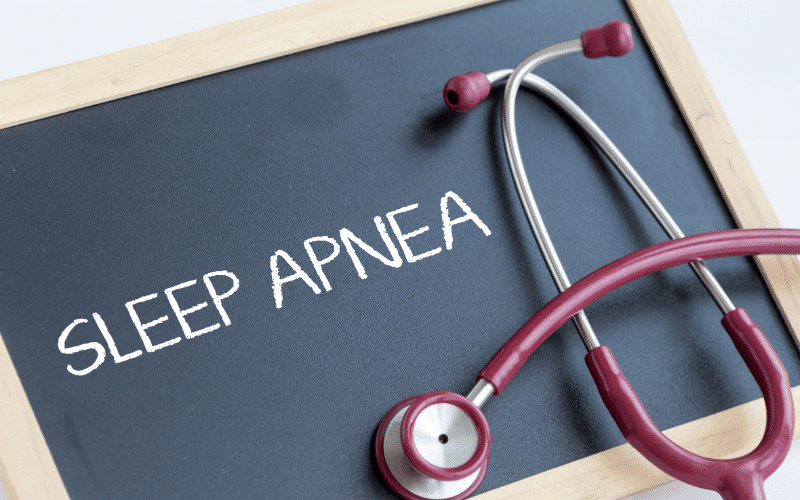Disorder 2: Sleep Apnea

Sleep apnea is a potentially severe sleep disorder marked by pauses in breathing or shallow breaths during sleep. These pauses can last from a few seconds to minutes and can occur multiple times throughout the night, leading to disrupted sleep and decreased oxygen levels in the blood. There are two main types of sleep apnea: obstructive sleep apnea (OSA) and central sleep apnea (CSA).
Obstructive sleep apnea is the most common form of sleep apnea and occurs when the muscles in the back of the throat fail to keep the airway open during sleep, causing a temporary blockage. Risk factors for OSA include obesity, family history, smoking, and alcohol consumption. Central sleep apnea is less common and is caused by a failure of the brain to transmit the proper signals to the muscles that control breathing during sleep. CSA can be associated with certain medical conditions, such as heart failure, stroke, and opioid use.
Diagnosing sleep apnea typically involves a sleep study, during which the individual’s breathing, oxygen levels, and brain activity are monitored throughout the night. Treatment for sleep apnea can vary depending on the severity of the condition and the underlying cause. For mild cases of OSA, lifestyle changes such as weight loss, avoiding alcohol, and changing sleep positions may be recommended. In more severe cases, continuous positive airway pressure (CPAP) therapy, which involves wearing a mask that delivers a constantstream of air to keep the airway open, may be prescribed. In some cases, surgery may be necessary to remove excess tissue or correct structural abnormalities contributing to sleep apnea. (2)